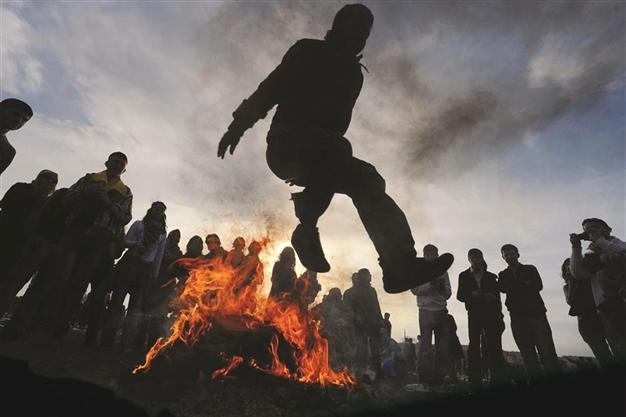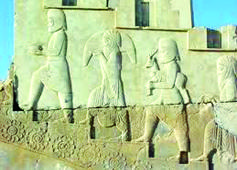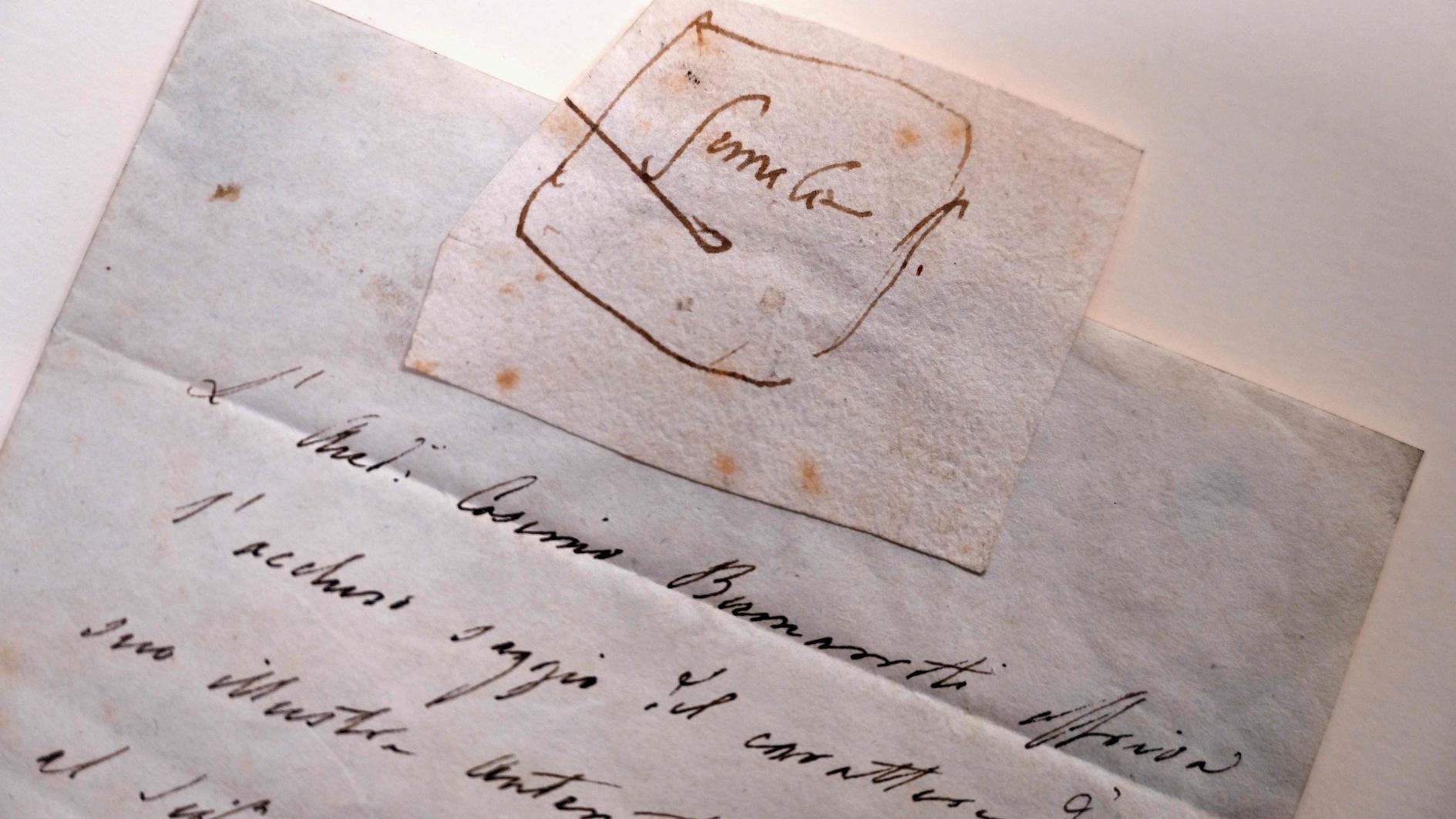Celebrating the 'New Day'
Niki GAMM Hürriyet Daily News

Jumping over the flames apparently began just after the Sassanid dynasty period as part of the celebrations at Newroz. DAILY NEWS photo, Emrah GÜREL
The Spring Equinox, the day when the sun will be almost exactly between the Tropic of Capricorn and the Tropic of Cancer and when night and day both last almost exactly 12 hours, falls this year on March 20 at 11:02 a.m. For those who live in the north, it means longer, warmer days. In some places, especially in the Middle East, celebrating the Spring Equinox is a tradition that has been around for millennia.Over those centuries, several practices began that have been continued. These included men leaping over an open fire either as an act of purification or to prove their bravery, and women cleaning their houses and preparing sweets, gifts and colored eggs.
The Yezidis, who are considered an ethno-religious Kurdish group centered in northern Iraq and the surrounding area, celebrate the New Year in April and trace their beginnings back to 4751 B.C. Back then, it may have been difficult to determine exactly when the equinox occurred. Their monotheistic religion was a synthesis of pre-Zoroastrian beliefs, Zoroastrianism, Christianity and Islam in addition to remnants of Mithraism. It is still practiced today, although its adherents are now scattered. Its ceremonies are similar to those of the Zoroastrians and the later Alevi-Bektaşi combination.
 Zoroastrians follow the teachings of Zoroaster, whose life is the subject of speculation, though he is thought to have lived anywhere from 1700 B.C. to 500 B.C. Water and fire are necessary for ritual purity and the religion’s followers use both in their worship of “God,” or Ahura Mazda. Zoroastrians have to have fire (or light of some kind) around when they pray, so fires are kept burning continuously in their temples, even today. It is considered an agent of purity through which one gains spiritual insight and wisdom.
Zoroastrians follow the teachings of Zoroaster, whose life is the subject of speculation, though he is thought to have lived anywhere from 1700 B.C. to 500 B.C. Water and fire are necessary for ritual purity and the religion’s followers use both in their worship of “God,” or Ahura Mazda. Zoroastrians have to have fire (or light of some kind) around when they pray, so fires are kept burning continuously in their temples, even today. It is considered an agent of purity through which one gains spiritual insight and wisdom.In the “Cyropaedia,” written about the Persian King Cyrus the Great by the Greek Xenophon in the fifth century B.C., the ruler’s first big parade, a century earlier, is described:
“Presently the palace gates were flung open and at the head of the procession were led out the bulls for sacrifice; beautiful creatures, four and four together. They were to be offered to Zeus and to any other gods that the Persian priests might name… After the oxen came horses, an offering to the Sun, then a white chariot with a golden yoke, hung with garlands and dedicated to Zeus, and after that the white car of the Sun, wreathed like the one before it, and then a third chariot, the horses of which were caparisoned with scarlet trappings, and behind walked men carrying fire upon a mighty hearth. Then at last Cyrus himself was seen, coming forth from the gates in his chariot, wearing his tiara on his head and a purple tunic shot with white…”
Jumping over the flames
Jumping over the flames apparently began just after the Sassanid dynasty period (224 A.D. to 651 A.D.) as part of the celebrations at Newroz (or Nevruz, New Day in Persian). It was believed that just before the New Year, the spirits of the dead would return to earth so fires were lit and burned all night to ensure that these spirits would not be harmed. Following the Islamic conquest of Iran, the men there began jumping over the fires as a gesture against Islam and a means of asserting their Iranian identity. This was most likely the result of the Arab armies taking the Sassanid capital on Newroz Day when everyone was celebrating. The Umayyad and Abbasid caliphs kept the Newroz celebration and it lost its religious connotation.
The Alevis, whose beliefs developed from Shia Islam, held celebrations for Newroz similar to others in the Middle East and Turkey. They visited friends, the sick and the poor. They ate together, danced and sang as well as lighting bonfires over which the men jumped to show off their bravery. The Alevis were later associated with the Bektaşi sufis, a mystic sect that included the Janissaries of Ottoman fame. The Alevis still follow these customs.
 These customs spread from one group to another and also from part of the Kurdish celebrations, although the Turks and the Kurds attribute slightly different origins to them. The Turks celebrate the legend of how the Turkish Oguz tribe, who were forced to live in a mountain valley for four centuries, managed to escape by going through the Ergenekon Mountain thanks to a blacksmith who melted the iron in the mountain.
These customs spread from one group to another and also from part of the Kurdish celebrations, although the Turks and the Kurds attribute slightly different origins to them. The Turks celebrate the legend of how the Turkish Oguz tribe, who were forced to live in a mountain valley for four centuries, managed to escape by going through the Ergenekon Mountain thanks to a blacksmith who melted the iron in the mountain. According to the Kurdish legend, once upon a time there was a blacksmith named Kawa and an evil king named Dehak. This wicked king and his kingdom were cursed to endure days without sunlight so food wouldn’t grow. The king had two snakes coming out of his shoulders that were often hungry. He demanded that two children be killed every day so that their brains could be fed to these snakes. Of Kawa’s 17 children, 16 had been sacrificed and his last daughter was about to be, before it occurred to him to play a trick: He killed a sheep and had its brain given to the snakes instead. When the snakes ate the sheep’s brain without hesitation, Kawa told his fellow villagers. They sent their children with him into the mountains, where they grew up in safety and provided sheep’s brains in their place. When the children grew up, Kawa turned them into an army and led them down from the mountains to put an end to the evil king. He then lit a bonfire to let everyone know Dehak had been killed. The sun started shining and crops began to grow again. The light driving away the darkness is the same symbolism that can be seen in Zoroastrianism.
Among the Ottomans, there would be great celebrations at Topkapı Palace. The Chief Physician would prepare the special candy, Nevruziyye, which would be handed out starting with the sultan and all of the high officials of the court. That included the Janissary corps, at least until the time of Sultan Mahmud II who disbanded the military unit. The idea behind eating candy on the first day of the New Year was to continue the year with that same sweet taste, or perhaps it was to change the taste left in one’s mouth by having to pay half of one’s yearly taxes that day. In any case, the candy was supposed to cure the sick and serve as a kind of Viagra for men. Presents would also be distributed. The grand vizier, members of the state council and provincial governors were expected to give gifts to the sultan such as beautifully adorned horses, weapons, expensive clothes and jewels. Special poems were written, intellectual discussions held and rewards handed out. This custom continued until the very end of the Ottoman state.
















